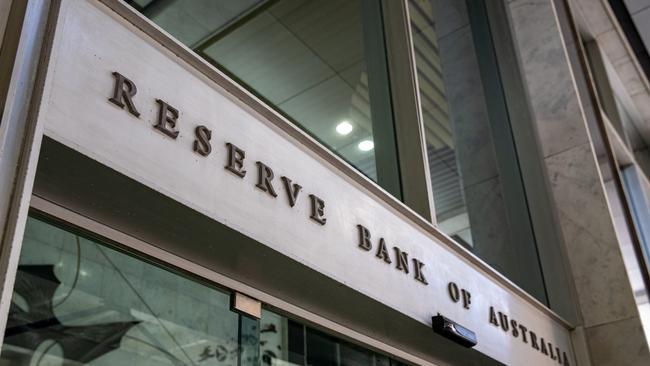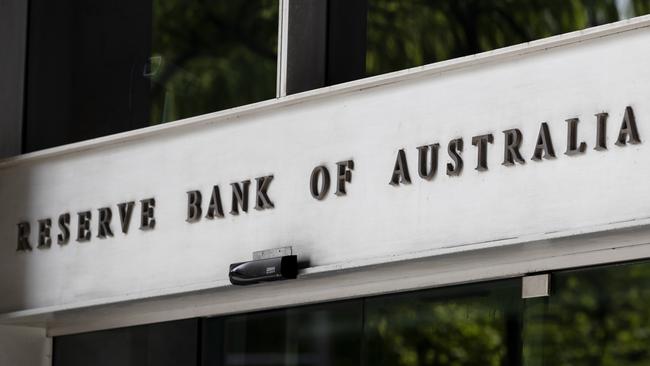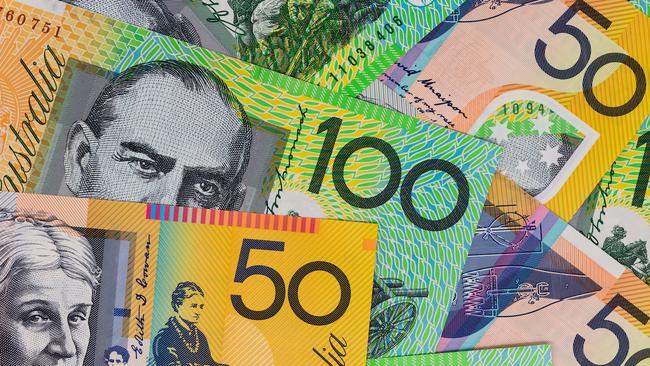Reserve Bank open to digital currency but wary of demand for it
A pilot program for a digital Australia currency is under way, but one senior Reserve Bank governor remains unconvinced of its value.

Australia is keeping an open mind on establishing a digital currency, but the Reserve Bank is unconvinced there is a case for it.
The central bank is undertaking a pilot program for a digital eAUD currency.
While it has attracted significant interest from industry, assistant governor Brad Jones is unsure of its role in Australia.
“A strong public interest case would first need to emerge. On balance, we have yet to see that case made in Australia,” he said.
Dr Jones noted the arguments for and against a central bank digital currency (CBDC) in a speech in Sydney on Thursday, saying it could enhance the resilience of the money and payments systems.

“The risk of physical disruptions in money and payment services is most pressing for low-income countries with limited capacity and that are prone to natural disasters,” he said.
“That said, recent extreme weather events in Australia have reminded us that existing electronic and physical cash distribution networks can also be severely disrupted on occasion.”
The central banker also pointed to “cyber-induced disruptions” that Australia was not immune from.
Over the past year, the eastern seaboard has been slammed by wild weather and flooding. Experts warn that extreme weather events will become more common with climate change.

A spate of recent cyber attacks, including high-profile hacks of Medibank and Optus, have also forced focus to the nation’s cyber resilience.
Dr Jones said a digital currency could also reduce the cost of settling transactions across borders.
But overall, a national CBDC is more attractive for low-income countries where many households and small businesses are unbanked.
“In Australia, a very small proportion of households are without access to banking and payment services,” Dr Jones said.
“It is not obvious how a CBDC would bring them into the fold.”


